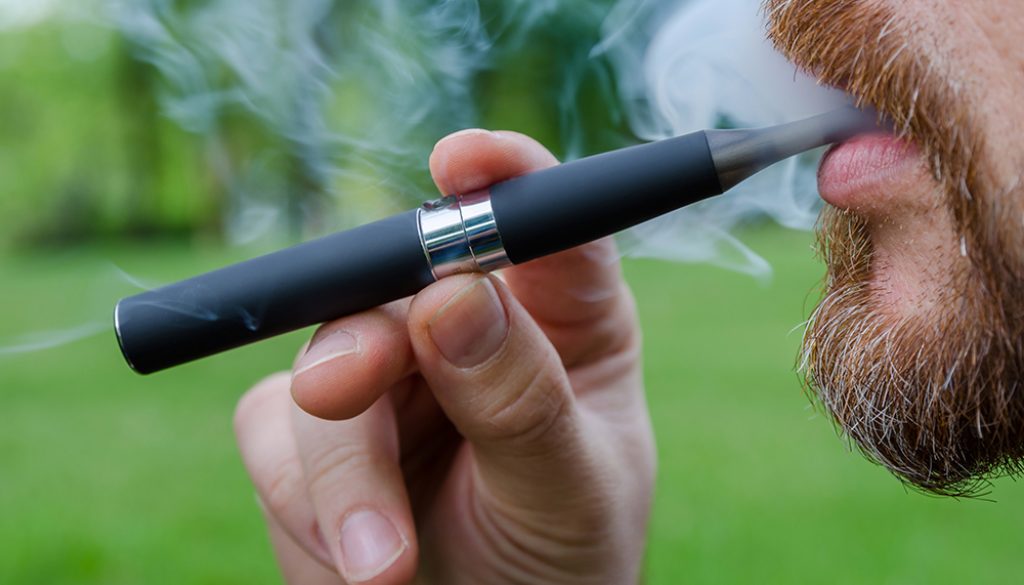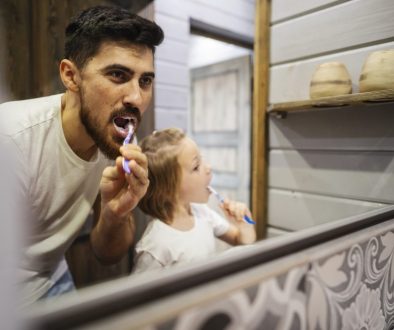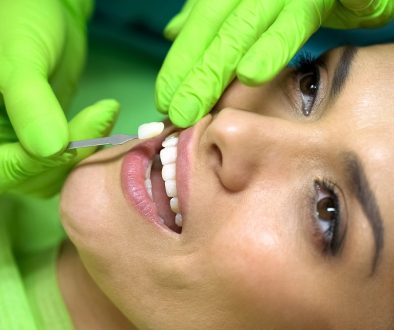Using vapes may set the stage for dental decay
According to researchers, the use of vapes could increase the likelihood of developing dental decay, as e-cigarettes and similar devices have been linked to a greater risk of cavities.
Tufts University School of Dental Medicine researchers have discovered that individuals who use vaping devices may experience dental discolouration and require more frequent dental appointments. The risk of developing cavities was found to be higher in patients who reported using vaping devices. With 9.1 million American adults and 2 million teenagers using tobacco-based vaping products according to CDC surveys, many teeth are at risk.
Karina Irusa, assistant professor of comprehensive care and lead author of the paper, stated that the study’s results linking vaping to an increased risk of caries (the dental term for cavities) should serve as a warning that this habit, once thought to be innocuous, could be extremely harmful. The study was published on November 23 in The Journal of the American Dental Association.
In recent years, there has been a rise in public awareness regarding the health hazards of vaping, especially after the emergence of the link between the use of vaping devices and lung disease. Certain dental studies have indicated a correlation between e-cigarette usage and higher levels of gum disease indicators, as well as harm to the tooth’s enamel, the outer layer. However, even among dentists, there has been relatively little emphasis on the connection between e-cigarette usage and oral health, according to Irusa.
According to Irusa, the recent Tufts research could be just the tip of the iceberg in terms of the damage caused by vaping to oral health. “The exact extent of the impact on dental health, particularly dental decay, is still not fully understood,” she explained. “Currently, my goal is to raise awareness among both dentists and patients.”
Irusa noted that this study is the first to specifically examine the link between vaping and e-cigarettes and the heightened risk of developing cavities. Her team evaluated data from over 13,000 patients who were treated at Tufts dental clinics between 2019 and 2022.
Although the majority of the patients stated that they did not use vaping devices, Irusa discovered a statistically significant difference in the risk of dental caries between the group that used e-cigarettes/vapes and the control group. Approximately 79% of the vaping patients were identified as having a high risk of caries, compared to roughly 60% of the control group. The study did not inquire whether the vaping patients used nicotine or THC-based devices, though nicotine is more commonly used.
Irusa emphasized that this data is preliminary and not entirely conclusive, but it is critical for people to be aware of the results. Further research is required, and Irusa intends to investigate how vaping impacts the microbiology of saliva more closely.
One explanation for the elevated risk of cavities associated with e-cigarette usage is the high sugar content and thickness of vaping liquid, which adheres to teeth when aerosolized and inhaled through the mouth. A 2018 study published in the journal PLOS One compared the characteristics of sweet-flavoured e-cigarettes to those of gummy candies and acidic beverages. Vaping aerosols have been shown to alter the oral microbiome, making it more hospitable to bacteria that cause decay. Additionally, vaping appears to promote decay in areas that are not typically affected, such as the lower edges of front teeth, causing a cosmetic impact, as stated by Irusa.
The Tufts researchers suggest that dentists should routinely inquire about e-cigarette usage as part of a patient’s medical history. This includes pediatric dentists who see adolescents since, according to the FDA/CDC, 7.6% of middle and high school students reported using e-cigarettes in 2021.
The Tufts University School of Dental Medicine researchers suggest that patients who use e-cigarettes should undergo a “more rigorous caries management protocol,” which may involve the use of prescription-strength fluoride toothpaste and rinse, in-office fluoride treatments, and dental checkups more often than the typical twice a year.
According to Irusa, managing dental caries can require significant time and financial resources, depending on the extent of the damage. She points out that even if a patient receives fillings, if they continue the vaping habit, they remain at risk of developing secondary cavities, creating a vicious cycle that can be difficult to break.
The senior author of the paper is Steven Eisen from Tufts University School of Dental Medicine. Additional details on the authors and any potential conflicts of interest can be found in the published paper.
Story Source:
Materials provided by Tufts University.



